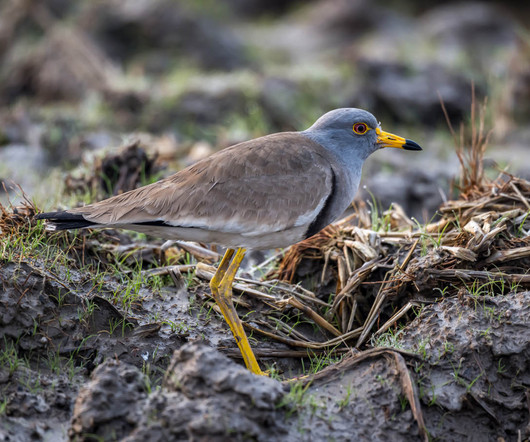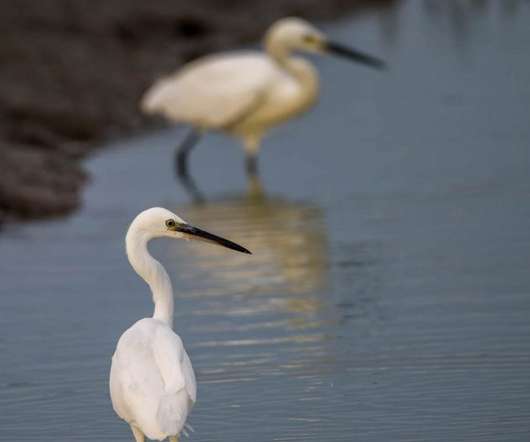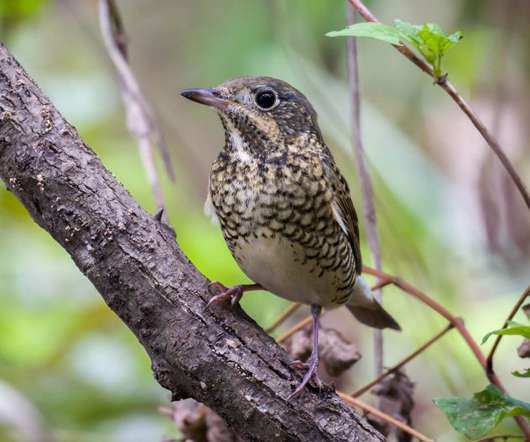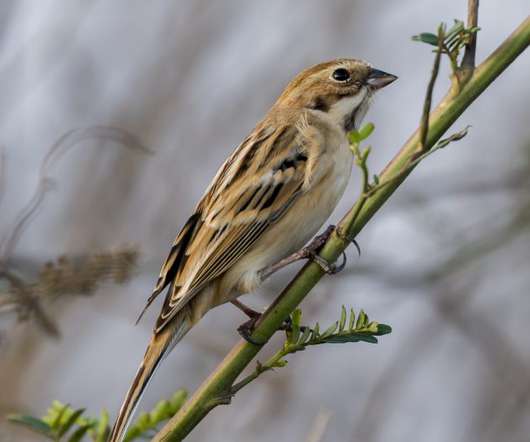Birding Shanghai in March 2024
10,000 Birds
APRIL 1, 2024
Population, excluding Japan, numbers less than 10,000–25,000 birds, and probably decreasing” Grey Herons flaunt their beauty quite openly (I am still thinking of Gustav Klimt when seeing the patterns on the wings) … … while other birds like Black-crowned Night Herons show their beauty a bit more carefully.












Let's personalize your content